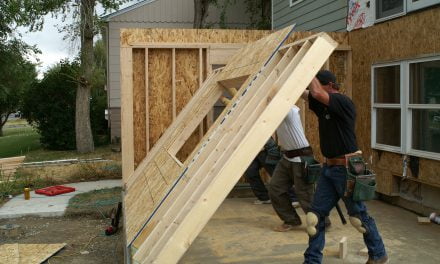A record 10% of all homeowners nationwide were at least 30 days delinquent on their mortgage payments in the first quarter of 2010, according to a report from the Mortgage Bankers Association. The reported delinquency rate is up from the previous record of 9.5% of homeowners in the last quarter of 2009.
Of the loans in default, only 15% were adjustable rate mortgages (ARMs), continuing a downward trend from 30% a year ago. The largest proportion of the defaulting loans, 37% (and rising), was made up of traditional fixed rate mortgages (FRMs), not the more vilified suprime mortgages. The increased rate of FRM delinquency likely represents a rise in strategic defaults, when homeowners walk away from their mortgages for financial reasons other than their ability to pay. [For more on strategic default, see the March 2010 article, The Underwater Homeowner: A Balance Sheet Reality Check, Part I and Part II.]
first tuesday take: Increasing FRM delinquencies portend more foreclosures to come. The number of foreclosures will almost certainly exceed the number of end users of these homes: homebuyers and buy-to-let investors. Rising foreclosures will, in turn, lead to a further increase in lender real estate owned property (REOs) in late 2010 and well into 2011. Unfortunately, the supply of current homebuyers is insufficient to clear out the newly enlarging inventories in the multiple listing service (MLS) system. The buyers who would have been helpful in the upcoming period have already been removed from the market; they have purchased homes under federal and state subsidy programs which will already be long-expired by the year’s end.
As a result, home sales will languish for the next 18 months, and even the speculators who have become common in the time of government subsidies will have vanished (except those who stick around to dump property they can no longer flip at a profit). Expect housing prices to continue their present downward trend through mid-2011, which will keep builders from trying to compete with MLS inventory. Low prices throughout 2011 will eventually lead to a return to mental normalcy for homebuyers, which will be accompanied by the speedy return of speculators eager to get in on the next fiesta.
Home prices are likely to reach their bottom in mid-2011 or early 2012. Those who have seen their credit scores ruined by strategic default will then have their chance to buy a home under more agreeable financing, and home prices will be gradually driven up by an increase in employment and in the expected number of first-time homebuyers (both of which are expected to rise steadily through 2017).
Two key factors underlie the nationwide mortgage defaults: the prolonged level of unemployment, and the moral risk created by lenders when they fail to promptly foreclose or reduce the principal balance of a delinquent loan. Lenders are retaliatory, and forgiveness is not in their nature. Court-ordered cramdowns are one effective long-term solution to the problems of foreclosure and what is fast becoming a greatly-reduced homeownership rate; government incentives for job creation are another.
Both of these solutions are within the government’s reach, but only if the legislature is permitted to accomplish them. Unfortunately, politicians remain obtusely loyal to lenders, who make extensive campaign contributions. Unless the political climate changes from lender-driven to owner-driven results, homeowners will be left alone to await the eventual housing recovery.
Re: “MBA Press Release”, from the Mortgage Bankers Association













